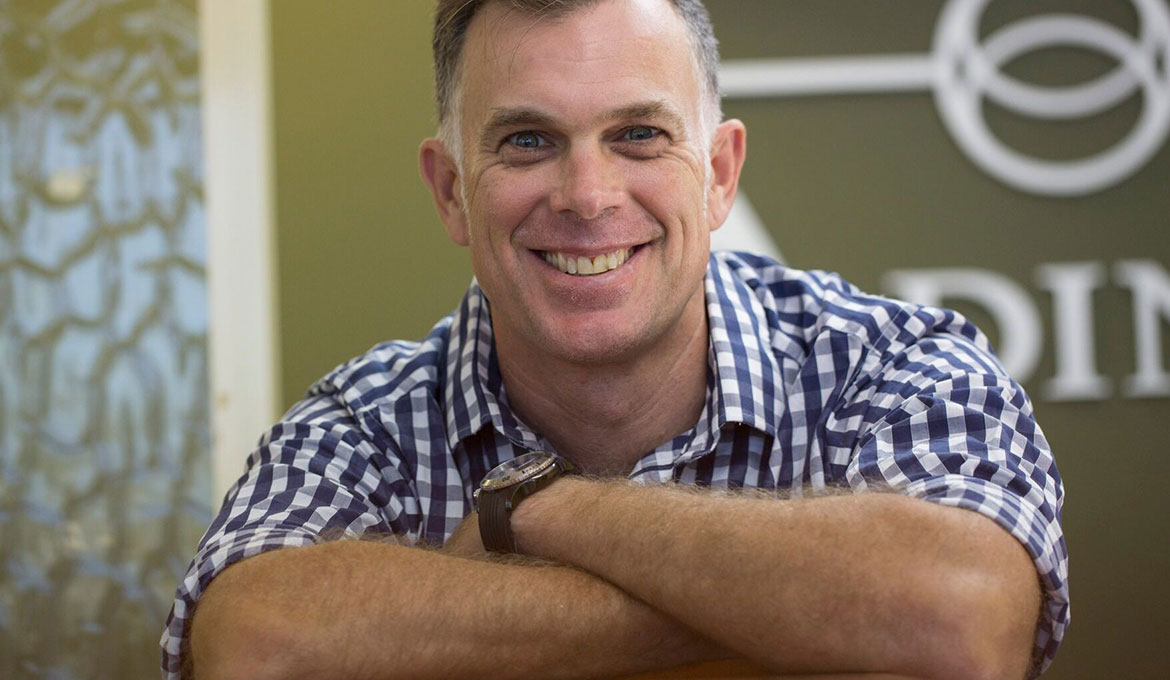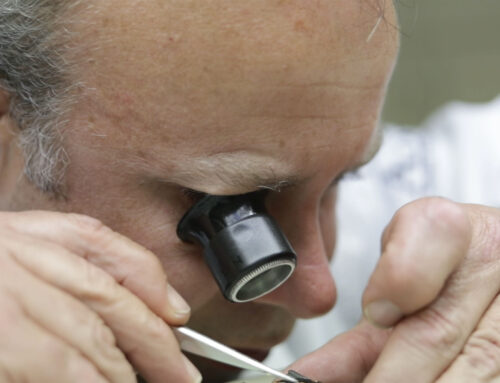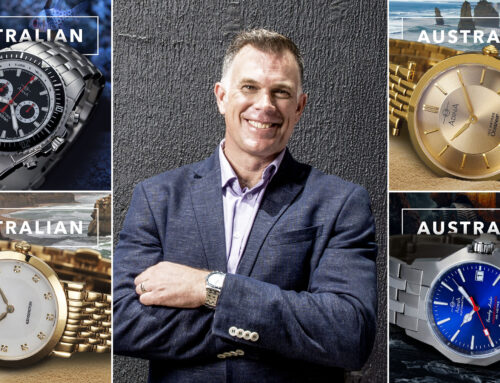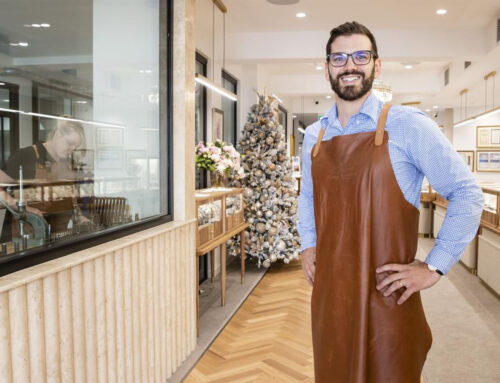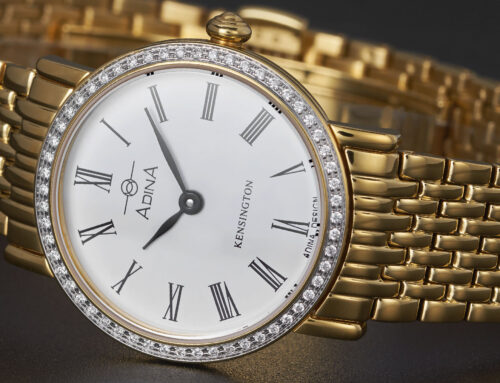by Grant Menzies
My passion for our watches run deep, very deep. What I really love is that we are an Australian family business who manufactures watches right here in Australia. I grew up with it so I know the story, but… who else does? With the rise of social media, I realised that I had a new opportunity to tell our story! If you follow Adina Watches on any of our digital platforms, you surely know I am very proud of what we do. Well, I would suggest that you are just as proud of your family owned jewellery store. All you need to do now is tell the story. Come on don’t be shy!
It is exciting that storytelling is experiencing a bit of a Renaissance right across the business sphere which actually gives me hope that the next generation will be able to spell!
Storytelling is so much bigger than any marketing. It is the foundation of how your shop communicates who you are in the world and what you stand for. A resurgence is a great thing, and storytelling itself, arguably the original social medium for humans is evolving in the business world which can only be a good thing so you need to get in on the back of it!
As I travel around Australia for work chatting with your fellow retailers, I’ve come to realise what, I believe, and am already experiencing how the next wave of storytelling will look like. All of it involves being honest, empowering your team, and thinking differently.
Here are few ways that hopefully will inspire you to jump on to the storytelling wave and reinvigorate your business’ for, with any luck a more successful year.
Storytelling. You have to go deep.
Many of today’s business stories are a bit light on, that is they are only scratching the surface. Your storytelling must go deeper to be more effective. Most brand storytelling today and remember your shop is a brand is superficial and still too timid, rather than aimed at human needs. Get personal! The business storytelling of the future, real storytelling that is successful and sustainable, must go deep under the surface of who you are and what you do. It needs to show vulnerability and humanity. Sometimes there isn’t a happy ending. Sometimes stories are imperfect, like people, and that’s fine. In fact, it’s great because it’s real. We are sure to see more brands and companies getting real and vulnerable, and that’s a good thing! Think about when you are reading a book, we get a greater connection with character that has imperfections. The connection is deeper and genuine.
Your story is part of something bigger.
The storytelling of the future will have more of a “social change” component. In part, though not exclusively, this is a generational change. Millennials especially want to do business with companies that care about causes bigger than themselves. It could be said actually that most people do.
People make choices based on social issues. Your shop not only needs to care about your customers, but you need to know what you are stocking will support this, by telling transparent stories about your suppliers and how they are aiming to make a positive impact on the world we live in society. A great example this is the “Thankyou” range of soap etc. Coles has them on the shelves, we feel good about shopping at Coles. This one example, it could be as simple as stocking Australian made where possible and communicate that authentically through “go on, prove it” stories. This not only adds value but also margin. You are not being shopped on price. You are being shopped on doing the right thing.
Storytelling. Make it Personal
It might be bit harsh to say people don’t care about companies. The recent experience with Alvey Fishing Reels and Holden shows that people do care, to a degree, we are nostalgic! However it could never be said that we don’t care about people. I will never experience the aftermath of the floods here in Brisbane. People genuinely care. However you can’t hug or thank a company or abuse one for that matter, it is always a person.
Great, emotional brand storytelling must be told through the lens of a person: a specific customer, a passionate employee, or a dedicated partner. Every great jewellery shop story must be anchored in a human story and there are plenty, then told with a personal human perspective. Anchor your stories through real people, and you’ll see a big difference in your storytelling and your sales. Often the best storytellers are your staff who are right up at the coal face, unleashing these storytellers will increase the credibility and scale of your storytelling efforts, which is likely to result in increased lifetime customer values. That’s a pretty powerful return on investment.
Get Your Customers involved.
And your suppliers for that matter, in the future, customers and suppliers will have an increasingly important role in credible storytelling. Good operators already do this; it’s time for others to step up. Some of the best content today is created or co-created by customers which is another important way to engage and scale. I always find a story about a watch that is told by an Adina wearer really resonates! Co-creating with your customers and suppliers is a proven and engaging way to scale story and content in a way that is human and authentic.
Happy Endings
Forget the lacklustre endings, they are just, I will say it, boring! Unless you are a bank an economic benefit is a terrible ending for a story and even then, it is dull. Simply telling your audience that your product will help them save or make money or time. You are concentrating on a rational, economic benefit which is a shallow ending because, as discussed earlier it is not anchored in a personal or emotional outcome.
Shallow is emotionally unsatisfying. What your customers really want to know is that if they shop with you how is their life going to change?! They want hope that life as they know it will be better. What will their hard-earnt money spent at your shop allow them to do to achieve? Community, fulfillment, credibility, recognition, and all the things that human beings want? Money is only a means to an end. Find these passions and go there with passion and authenticity.
It’s even okay to have a story ending that is open-ended, still evolving, and that leans towards hope. You can also have a business story that is continually inviting your audience to co-create an ending for themselves by sharing their stories. The ending is continually evolving.
Your audience has human needs that have nothing to do with your product or service, and those needs go beyond rational, economic value. It’s your job to find what they are and tell stories that speak emotionally to those needs.
A great ending isn’t perfect. It just has to stay simple and honest.

